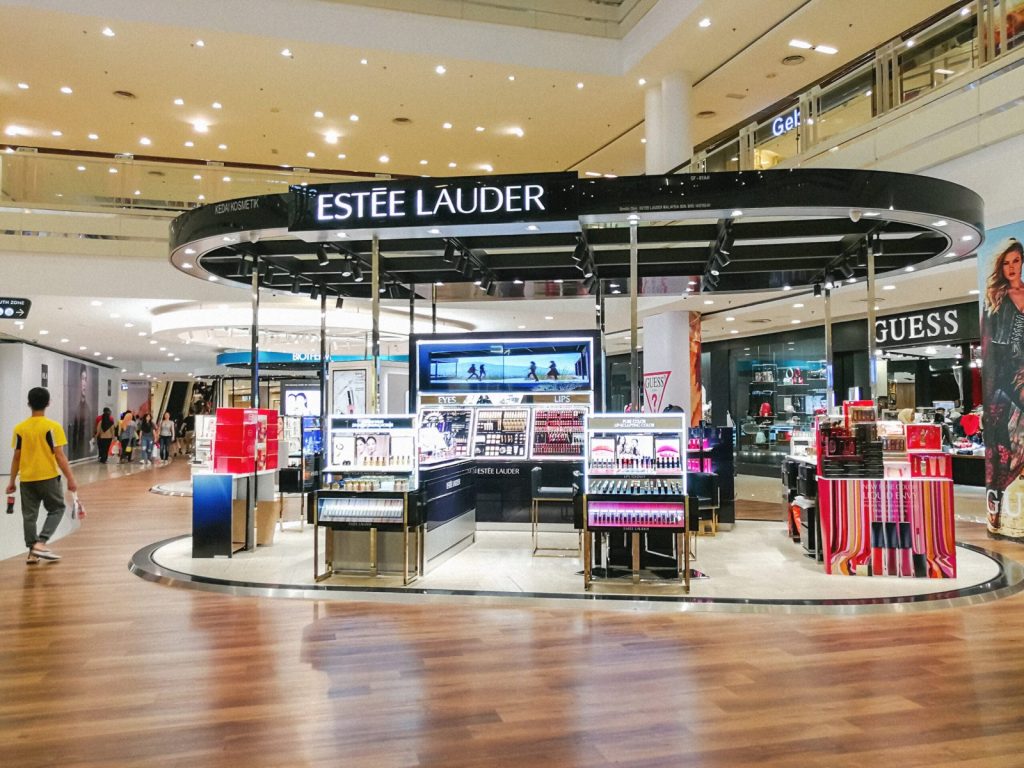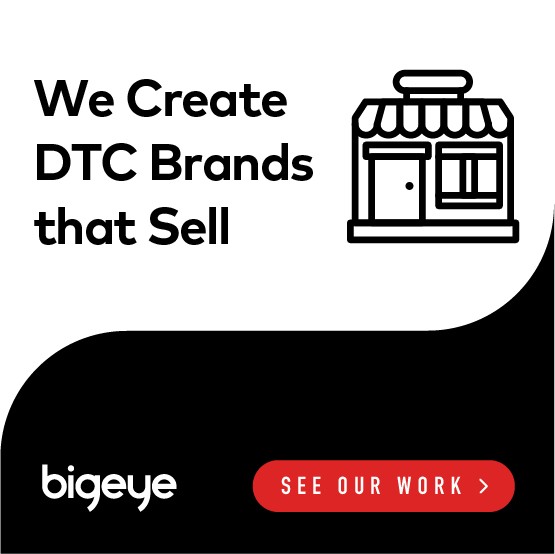
In a world of customized placement, your DTC brand needs to be omni-channel, which is why a proper DTC marketing plan is so critical.
Direct-to-consumer (DTC) brands are riding a sustained growth wave. It’s estimated there are more than 400 significant brands now in this category, while DTC web traffic is growing 100% year over year. This growth is being supported by performance-based DTC marketing plans.
Don’t think top retailers haven’t noticed. Nordstrom, Sephora, and other industry heavyweights are working overtime to entice emerging DTC brands into the retail space by offering a range of incentives.
One example: Bloomingdale’s Carousel concept, which allows DTC sellers to set up rotating pop-up shops within the storied retailer’s brick and mortar environs.
Yet, as DTC brands would be the first to tell you, this kind of relationship doesn’t come without substantial tradeoffs.
Winning with a blended approach
Wholesale retailers, always eager for trendy, differentiated offerings, have been busy integrating DTC brands at a rapid clip. There’s no question that such relationships offer very real benefits for these brands. A DTC marketing plan that provides proper placement in Nordstrom or Bloomingdale’s can expose DTC products to much wider audiences.
Partnering with an esteemed wholesale retailer also gives newer DTC brands instant cachet and credibility. For a largely unknown brand, an association with a retail heavyweight can be extraordinarily valuable.
Yet these benefits are also somewhat mitigated by the demands DTC brands are facing. Given their reach and capacity, it’s not surprising that large retailers want to get DTC brands in front of a sizable number of their customers. Yet these brands are often ill-prepared to scale up to accommodate placement at 50 stores.
Large retailers also exert a very high degree of control over product strategy and operations. DTC brands that are accustomed to exerting full control over how their products and services are presented and marketed may balk at relinquishing that control. Much of the storytelling, creative messaging or flair associated with DTC brands may be suppressed when these products are presented and marketed by a larger retailer with different sensibilities and prerogatives.
So how do DTC brands thread the needle?
Many of today’s most successful DTC brands have been squaring this circle by pursuing a blended approach. They make wholesale retailers a part of their omni-channel strategy, but only on their terms.
If retailers push DTC brands to scale too early, they resist. If DTC brands believe their messaging is being polluted by clumsy or irrelevant retail marketing, they speak up.
Most importantly, these DTC brands don’t cede control over their narrative. They may be hitching a ride on a larger, faster and more visible ship, but they remain the undisputed captain of their fate.
Looking for a DTC marketing boost?
Attractive and eye-catching product and packaging design is a virtual pre-requisite for successful DTC brands. Luckily for you we’re experts in this field. Whether you need assistance with product design, performance-based advertising and marketing strategies or branding services, we have the necessary expertise to deliver the goods.
Contact Bigeye today for more information about how we can help take your DTC marketing plan to the next level.



